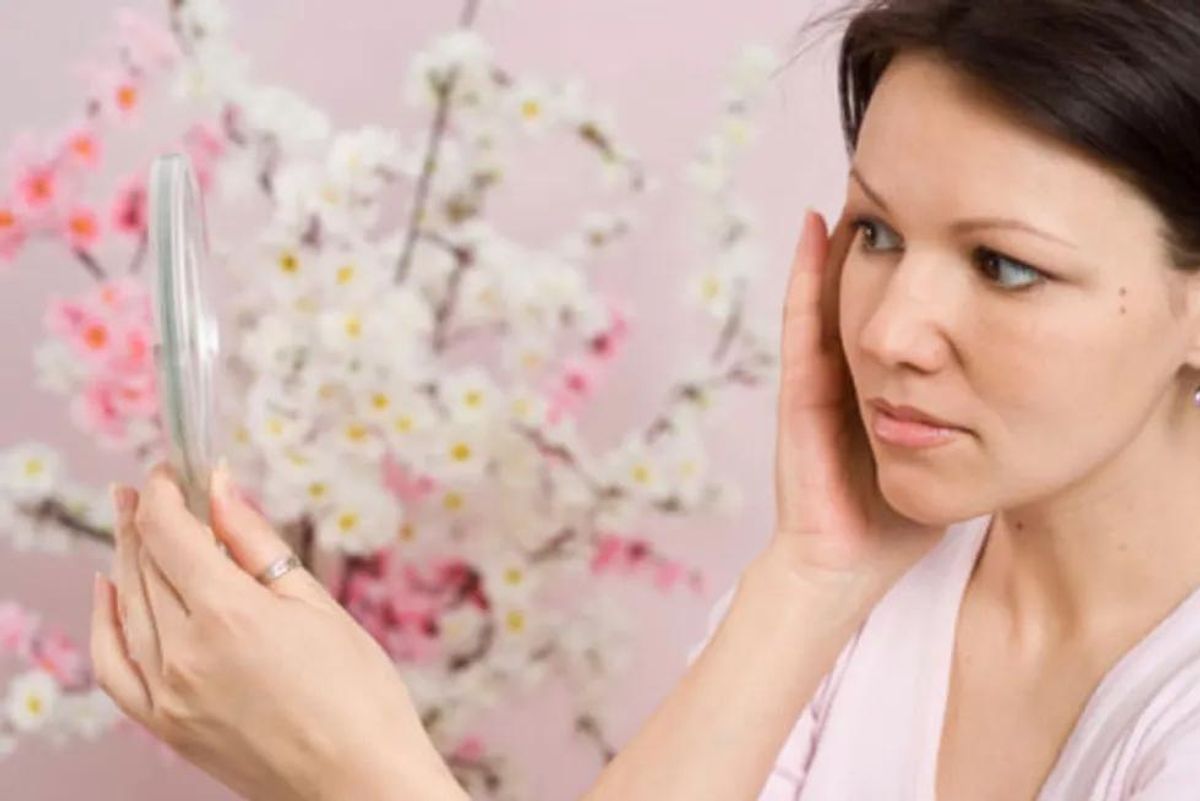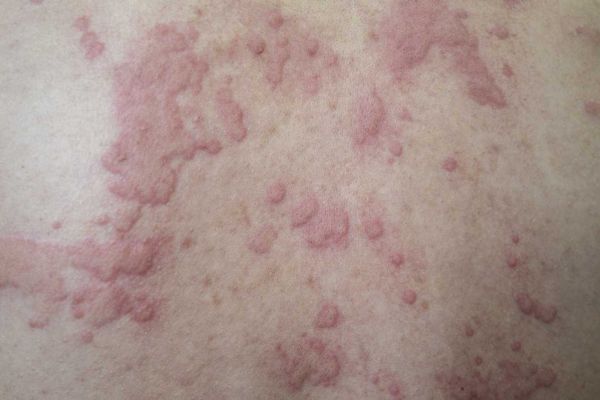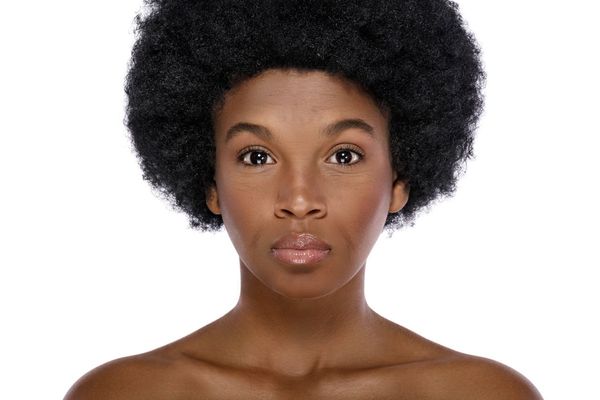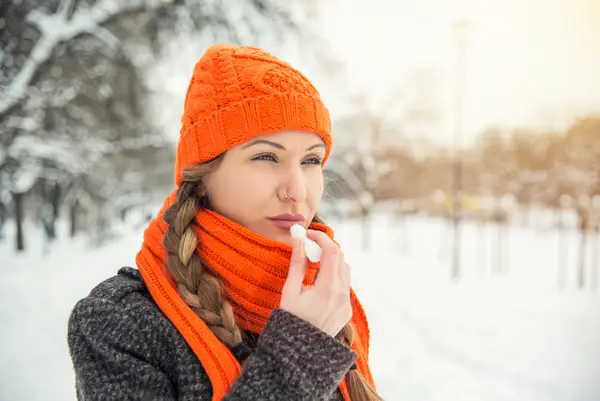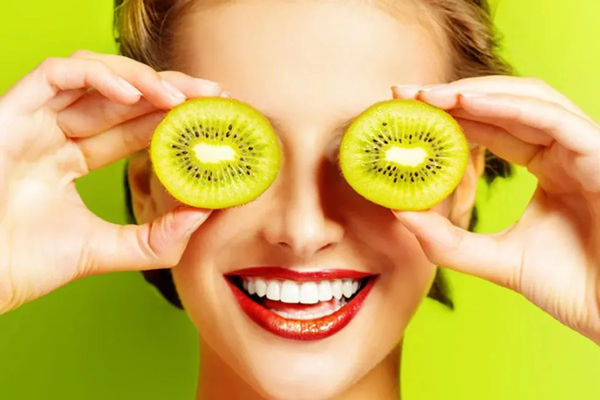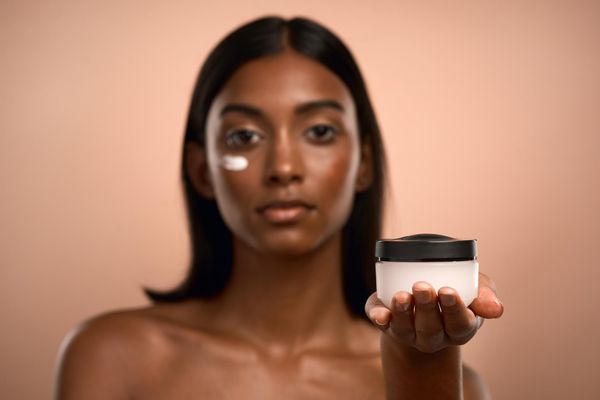What is adult acne?
Many women think of acne as something they bid farewell to with adolescence. But actually, a significant number of women over the age of 25 years experience adult acne. Because you have acne as an adult, it can be frustrating and embarrassing, but rest assured that adult acne is quite common. Adult acne can be divided into two general types: persistent and late-onset acne. Persistent acne is acne that continues from adolescence into adulthood. Patients tend to have lesions most days and may experience flare-ups before their menstrual cycles. Late-onset acne appears for the first time in adulthood and falls into two categories. Chin acne is concentrated in the mouth area and tends to flare premenstrually. Sporadic acne tends to appear and die down suddenly, with no apparent reason.
What causes adult acne?
The causes of adult acne are not entirely clear. It may be linked to the behavior of certain sex hormones, particularly those called androgens, which control excretion from the oil-producing sebaceous glands. Other possible triggers include smoking, cosmetic use, stress or taking certain medications such as those used to treat epilepsy or depression. Some women may also have a genetic predisposition to the condition.
Researchers have been able to dispel some myths about the causes of adult acne, such as lack of face washing or what you eat makes you break out. Acne is not caused by poor hygiene; in fact, washing your face too often or aggressively can irritate acne lesions. Additionally, no evidence exists to connect certain foods, such as fried foods and chocolate, to acne. Although a healthy diet is conducive to overall well-being, no foods are thought to specifically cause or exacerbate adult acne.
What are the effects of adult acne?
The physical appearance of adult acne can vary widely. Sometimes acne is confined to comedones—commonly known as whiteheads and blackheads—that exist on the surface of the skin. But it can also include deeper lesions called nodules and cysts that lie further underneath the skin. Such deeper lesions tend to be more painful and are sometimes filled with pus.
Women feel awkward having acne as adults. Because the flare-ups characteristic of adult acne are often unpredictable, women may feel like they are unable to control the condition. Click here to learn more about the effects of adult acne on women.
Adult acne is not something you should attempt to solve yourself, particularly by trying to pop, squeeze or pick at lesions, which may lead to scarring. However, there are things you can do on your own. In addition to carefully following your dermatologist's prescribed treatment plan, try to keep your skin as healthy as possible. Wash your face gently with a mild soap or cleanser, keep hairsprays and gels away from your face, opt for makeup that is labeled "non-comedogenic" or "non-acnegenic" and eat a healthy diet rich in fruits and vegetables.
What treatments are available?
There are a number of possible treatments for adult acne from topical treatments to oral antibiotics. To come up with the best plan for you, speak frankly with your dermatologist about your acne. If your current course of treatment isn't working, you should feel free to talk to your dermatologist about what other treatments might be right for you. It may take weeks before you see results from your treatment, so it's important to be patient.
While adult acne can be an unexpected and unpleasant experience, the numerous available treatments mean that you and your dermatologist have an excellent chance of restoring both your healthy skin and your healthy outlook for the future.
What is adult acne?
Many women think of acne as something they bid farewell to with adolescence. But actually, a significant number of women over the age of 25 years experience adult acne. Because you have acne as an adult, it can be frustrating and embarrassing, but rest assured that adult acne is quite common. Adult acne can be divided into two general types: persistent and late-onset acne. Persistent acne is acne that continues from adolescence into adulthood. Patients tend to have lesions most days and may experience flare-ups before their menstrual cycles. Late-onset acne appears for the first time in adulthood and falls into two categories. Chin acne is concentrated in the mouth area and tends to flare premenstrually. Sporadic acne tends to appear and die down suddenly, with no apparent reason.
What causes adult acne?
The causes of adult acne are not entirely clear. It may be linked to the behavior of certain sex hormones, particularly those called androgens, which control excretion from the oil-producing sebaceous glands. Other possible triggers include smoking, cosmetic use, stress or taking certain medications such as those used to treat epilepsy or depression. Some women may also have a genetic predisposition to the condition.
Researchers have been able to dispel some myths about the causes of adult acne, such as lack of face washing or what you eat makes you break out. Acne is not caused by poor hygiene; in fact, washing your face too often or aggressively can irritate acne lesions. Additionally, no evidence exists to connect certain foods, such as fried foods and chocolate, to acne. Although a healthy diet is conducive to overall well-being, no foods are thought to specifically cause or exacerbate adult acne.
What are the effects of adult acne?
The physical appearance of adult acne can vary widely. Sometimes acne is confined to comedones—commonly known as whiteheads and blackheads—that exist on the surface of the skin. But it can also include deeper lesions called nodules and cysts that lie further underneath the skin. Such deeper lesions tend to be more painful and are sometimes filled with pus.
Women feel awkward having acne as adults. Because the flare-ups characteristic of adult acne are often unpredictable, women may feel like they are unable to control the condition. Click here to learn more about the effects of adult acne on women.
Adult acne is not something you should attempt to solve yourself, particularly by trying to pop, squeeze or pick at lesions, which may lead to scarring. However, there are things you can do on your own. In addition to carefully following your dermatologist's prescribed treatment plan, try to keep your skin as healthy as possible. Wash your face gently with a mild soap or cleanser, keep hairsprays and gels away from your face, opt for makeup that is labeled "non-comedogenic" or "non-acnegenic" and eat a healthy diet rich in fruits and vegetables.
What treatments are available for adult acne?
There are a number of possible treatments for adult acne from topical treatments to oral antibiotics. To come up with the best plan for you, speak frankly with your dermatologist about your acne. If your current course of treatment isn't working, you should feel free to talk to your dermatologist about what other treatments might be right for you. It may take weeks before you see results from your treatment, so it's important to be patient.
While adult acne can be an unexpected and unpleasant experience, the numerous available treatments mean that you and your dermatologist have an excellent chance of restoring both your healthy skin and your healthy outlook for the future.
- 10 Signs You Have a Leaky Gut—and How to Heal It - HealthyWomen ›
- Anxiety and Acne: What's the Connection? - HealthyWomen ›

